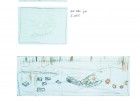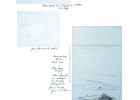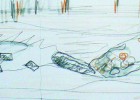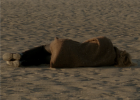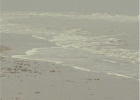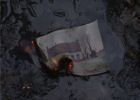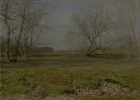-
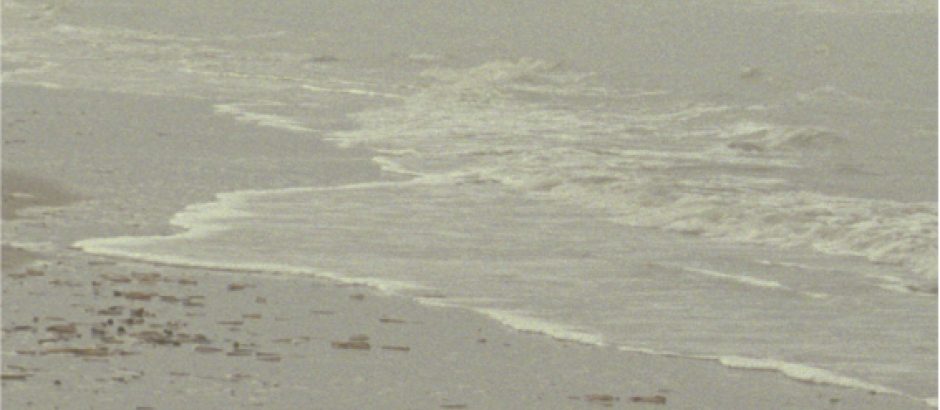 Fata MorganaJeanne Lafon
Fata MorganaJeanne Lafon
Fata Morgana-Panorama 14
-
DESCRIPTION
A beach, the sea, a poplar grove and a woman. The horizon is always in the centre, the image is almost square. Everything seems on a human scale but mankind is lost. Jeanne Lafon takes us to a space where time does not seem to exist, spaces are infinite, time out of scale. The spectator finds himself in a dreamlike space, where thoughts obeys no logic. Man, faced with the immensity and the indifference of nature, abandons any activity with a purpose and is bored. But this boredom is positive, it is a meditative boredom. Contemplating the void brings us to rational introspection which stimulates our thoughts on the human condition and kindles our feelings about nature.
If at first, the work by Jeanne Lafon seems similar to «modern» romanticism, what she is interested in is based on scientific studies of the environment, the universe, issues relating to nuclear energy, but also on the concept of the void whether it be ambient or semantic. Mankind, immerged in a determinist and linear time zone is not able to understand the slowness, the cycle, the strength, the immortality and the indifference of nature...
Even though the situation is tragic and apparently hopeless, the conclusion remains open: is the woman on the beach dead or asleep? Should one ignore these thoughts or abandon our convictions and become fatalist?
The work is organised around long shots, influenced by the cinema of Andrei Tarkovski. With slow movements, delicate sounds, the work is full of symbolic and literary references. The film envelops the spectator into a dream - or several dreams - where sensations are the protagonists.To conclude, we can simply ask ourselves what will remain, when our ego is destroyed and all our material belongings end up losing their meaning, in an infinite perspective such as that of the universe. Are we the woman of the dream or are we dreaming of her?
_ Alice Ensabella


